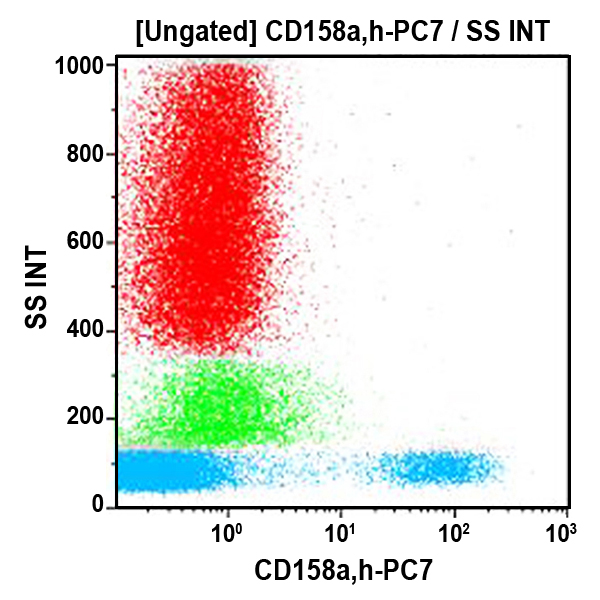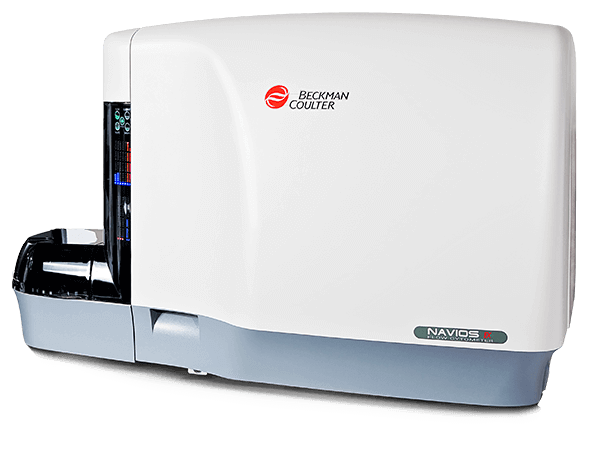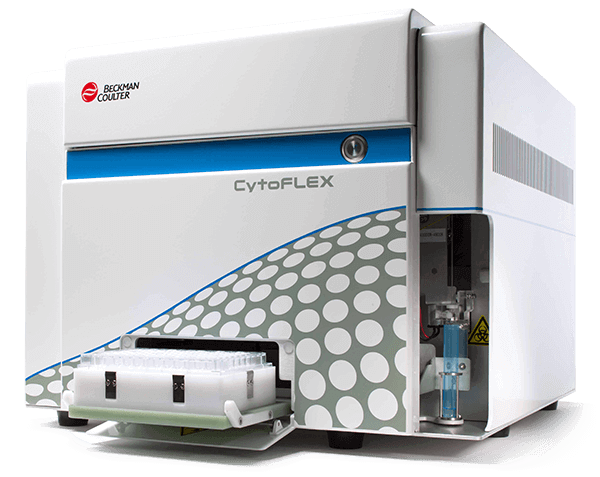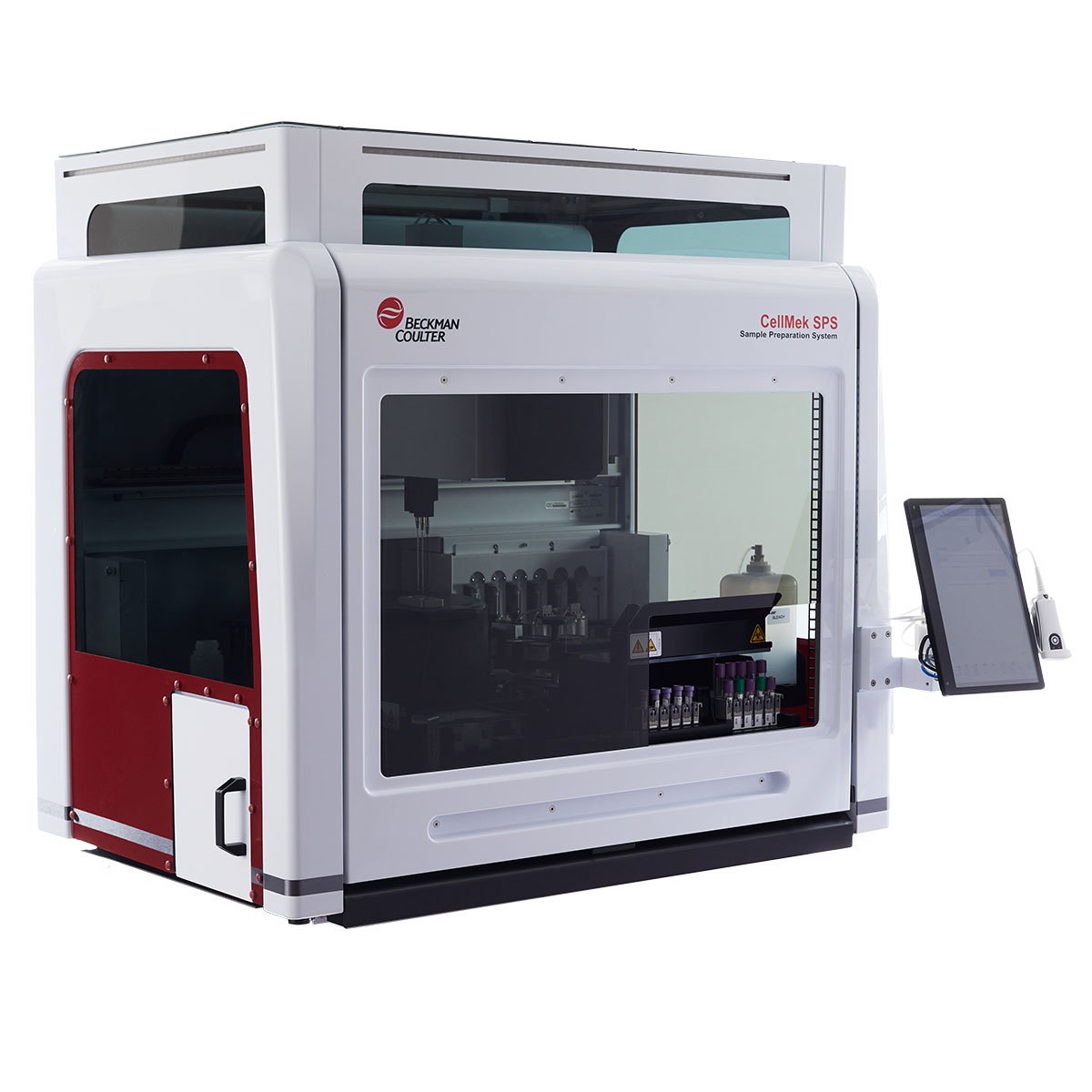CD158a,h Antibodies
The CD158a and CD158h molecules are monomeric integral membrane glycoproteins existing in different forms. CD158a, or p58.1, is a 58 kDa molecule, and CD158h, or p50.1, is a 50 kDa molecule, both having identical extracellular portions, but different transmembrane and cytoplasmic regions. Another comprehensive nomenclature refers to these molecules as KIR2DL1 for CD158a and KIR2DS1 for CD158h. These acronyms stand for Killer cell Immunoglobulin (Ig)-like Receptor (KIR), with extracellular part containing 2 Ig Domains (2D), and cytoplasmic tails being either long (L) or small (S). The long intracellular portion of CD158a, or p58.1, makes it an inhibitory form, since it contains two characteristic ITIM motifs (Immunoreceptor tyrosine based inhibition motif) and is involved in the transduction of the inhibitory signal. Whereas the stimulatory form CD158h, or p50.1, lacks these ITIM motifs. CD158a/p58.1 functions as an inhibitory receptor for a group of HLA-C molecules (Cw2, Cw4, Cw5 and Cw6 supertypes). The inhibitory effect is dominant over the activation exerted by the activator form p50.1. The CD158a and CD158h molecules are indistinguishable from the extracellular viewpoint. They are expressed by a subset of NK cells, and can be detected on the surface of sub-populations of peripheral T lymphocytes, mostly of the CD8+ phenotype.
| Clone: EB6B | Isotype: IgG1 Mouse |
| The EB6B antibody reacts with both CD158a (p58.1 or KIR2DL1) and CD158h (p50.1 or KIR2DS1). The antibody restores the ability of p58.1+ NK clones to lyse targets expressing HLA-C molecules. | |






